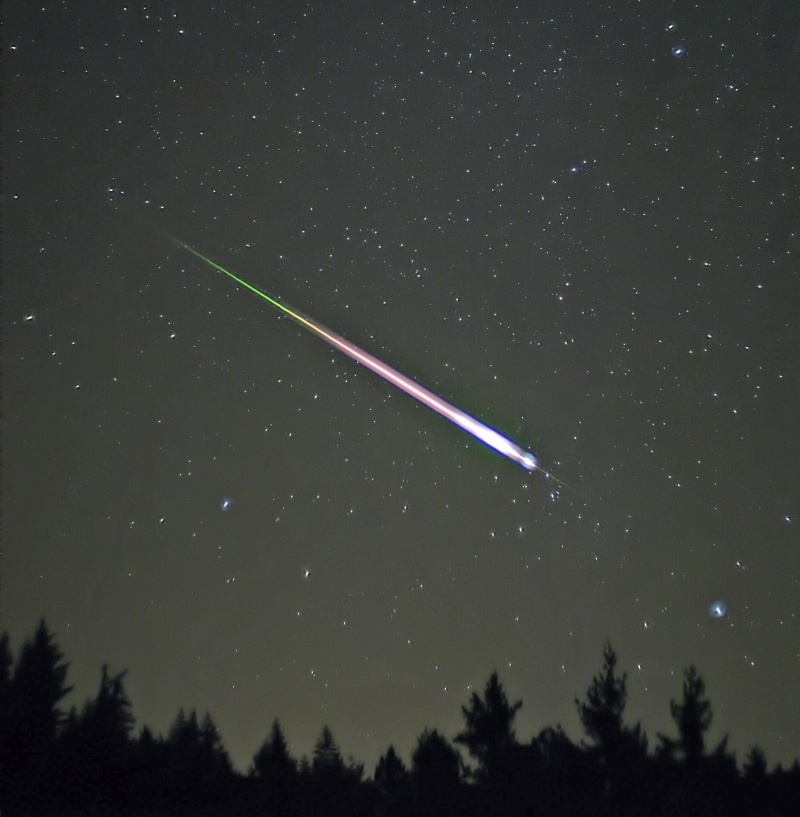
Earth's sky brightened up with a combination of the Eta Aquarids meteor shower and the Full Moon. The peak of May's meteor shower occurred on Wednesday, May 6 at 9 a.m. The shower is made up of remnants from Halley's Comet. It is named Eta Aquarids after the Water Jar in star constellation Aquarious. Meteors are caused by burning cosmic debris in the Earth's atmosphere.
Early spectators were estimated to view nearly 30 meteors per hour. Eta Aquarii is the brightest star in Aquarious. This year, since the shower happened during the Full Moon, sky gazers were limited to a viewing of 20 meteors per hour. The Full Moon's radiance made it a bit difficult for viewers to watch the meteor shower.
"The Eta Aquariids are very active the first two weeks of the month then fade as the month progresses. Unfortunately the nearly full moon will spoil the maximum of the Eta Aquariids this year," wrote Robert Lunsford from AMS Meteors.
According to NASA, the Eta Aquarids travels at speeds of 148,000 miles per hour in the solar system. Halley's Comet, also known as 1P/Halley travels in an elliptical orbit. It takes a span of 76 years to return to Earth. The next visit the comet will make is in the year 2061. The cause of the meteor shower is planet Earth traveling through the comet's debris.
Eta Aquarids occurs annually between April 21 and May 20. The peak date of the shower is on May 6. The Perseids are the next set of meteor showers. It will occur on August 12 at dawn.



















